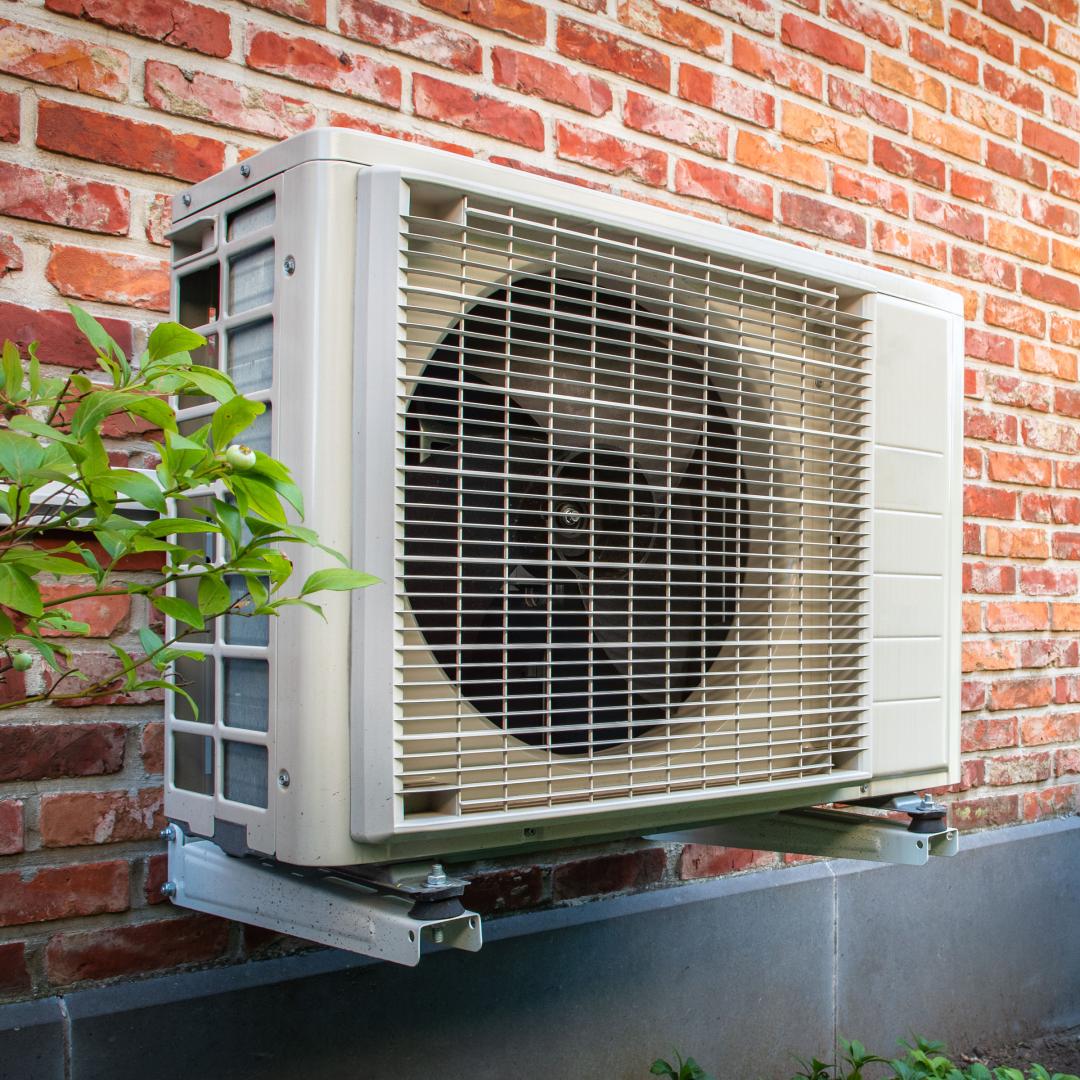Albatayneh, A., Juaidi, A., Abdallah, R., & Manzano-Agugliaro, F. (2021). Influence of the advancement in the LED lighting technologies on the optimum windows-to-wall ratio of Jordanians residential buildings. Energies, 14(17), 5446. https://www.mdpi.com/1996-1073/14/17/5446
Amann, J. T., Fadie, B., Mauer, J., Swaroop, K., & Tolentino, C. (2022). Farewell to fluorescent lighting: How a phaseout can cut mercury pollution, protect the climate, and save money. https://www.aceee.org/research-report/b2202
Behar-Cohen, F., Martinsons, C., Viénot, F., Zissis, G., Barlier-Salsi, A., Cesarini, J. P.,Enouf, O., Garcia, M., Picaud, S., & Attia, D.. (2011). Light-emitting diodes (LED) for domestic lighting: Any risks for the eye? Progress in Retinal and Eye Research, 30(4), 239–257. Link to source: https://doi.org/10.1016/j.preteyeres.2011.04.002
Booysen, M. J., Samuels, J. A., & Grobbelaar, S. S. (2021). LED there be light: The impact of replacing lights at schools in South Africa. Energy and Buildings, 235, 110736. Link to source: https://doi.org/10.1016/j.enbuild.2021.110736
Bose-O'Reilly, S., McCarty, K. M., Steckling, N., & Lettmeier, B. (2010). Mercury exposure and children's health. Current Problems in Pediatric and Adolescent Health Care, 40(8), 186–215. Link to source: https://doi.org/10.1016/j.cppeds.2010.07.002
Build Up. (2019). Overview_Decarbonising the non-residential building stock. European Commission. Retrieved 05 March 2025 from https://build-up.ec.europa.eu/en/resources-and-tools/articles/overview-decarbonising-non-residential-building-stock
Cenci, M. P., Dal Berto, F. C., Schneider, E. L., & Veit, H. M. (2020). Assessment of LED lamps components and materials for a recycling perspective. Waste Management, 107, 285-293. Link to source: https://doi.org/10.1016/j.wasman.2020.04.028
Environmental Protection Agency (EPA). (2024). Power sector programs - progress report. https://www.epa.gov/power-sector/progress-report
Forastiere, S., Piselli, C., Silei, A., Sciurpi, F., Pisello, A. L., Cotana, F., & Balocco, C. (2024). Energy efficiency and sustainability in food retail buildings: Introducing a novel assessment framework. Energies, 17(19), 4882. https://www.mdpi.com/1996-1073/17/19/4882
Fu, X., Feng, D., Jiang, X., & Wu, T. (2023). The effect of correlated color temperature and illumination level of LED lighting on visual comfort during sustained attention activities. Sustainability, 15(4), 3826. https://www.mdpi.com/2071-1050/15/4/3826
Gao, W., Sun, Z., Wu, Y., Song, J., Tao, T., Chen, F., Zhang, Y., & Cao, H.(2022). Criticality assessment of metal resources for light-emitting diode (LED) production – a case study in China. Cleaner Engineering and Technology, 6, 100380. Link to source: https://doi.org/10.1016/j.clet.2021.100380
Gasparotto, J., & Da Boit Martinello, K. (2021). Coal as an energy source and its impacts on human health. Energy Geoscience, 2(2), 113–120. Link to source: https://doi.org/10.1016/j.engeos.2020.07.003
Gayral, B. (2017). LEDs for lighting: Basic physics and prospects for energy savings. Comptes Rendus Physique, 18(7), 453–461. Link to source: https://doi.org/10.1016/j.crhy.2017.09.001
Hasan, M. M., Moznuzzaman, M., Shaha, A., & Khan, I. (2025). Enhancing energy efficiency in Bangladesh's readymade garment sector: The untapped potential of LED lighting retrofits. International Journal of Energy Sector Management, 19(3), 569–588. Link to source: https://doi.org/10.1108/ijesm-05-2024-0009
Henneman, L., Choirat, C., Dedoussi, I., Dominici, F., Roberts, J., & Zigler, C. (2023). Mortality risk from United States coal electricity generation. 382(6673), 941–946. https://doi.org/doi:10.1126/science.adf4915
Intergovernmental Panel on Climate Change (IPCC). (2006). 2006 IPCC guidelines for national greenhouse gas inventories volume 2: Energy; Chapter 2: Stationary combustion. https://www.ipcc-nggip.iges.or.jp/public/2006gl/pdf/2_Volume2/V2_2_Ch2_Stationary_Combustion.pdf
International Energy Agency (IEA). (2022). Targeting 100% LED lighting sales by 2025. https://www.iea.org/reports/targeting-100-led-lighting-sales-by-2025
International Energy Agency (IEA). (2023). Global floor area and buildings energy intensity in the net zero scenario, 2010-2030. Retrieved 06 March 2025 from https://www.iea.org/data-and-statistics/charts/global-floor-area-and-buildings-energy-intensity-in-the-net-zero-scenario-2010-2030
International Energy Agency (IEA). (2024). World energy balances. IEA. https://www.iea.org/data-and-statistics/data-product/world-energy-balances
Iskra-Golec, I., Wazna, A., & Smith, L. (2012). Effects of blue-enriched light on the daily course of mood, sleepiness and light perception: A field experiment. 44(4), 506-513. https://doi.org/10.1177/1477153512447528
Kamat, A. S., Khosla, R., & Narayanamurti, V. (2020). Illuminating homes with LEDs in India: Rapid market creation towards low-carbon technology transition in a developing country. Energy Research & Social Science, 66, 101488. Link to source: https://doi.org/10.1016/j.erss.2020.101488
Khan, N., & Abas, N. (2011). Comparative study of energy saving light sources. Renewable and Sustainable Energy Reviews, 15(1), 296–309. Link to source: https://doi.org/10.1016/j.rser.2010.07.072
Koretsky, Z. (2021). Phasing out an embedded technology: Insights from banning the incandescent light bulb in europe. Energy Research & Social Science, 82, 102310. Link to source: https://doi.org/10.1016/j.erss.2021.102310
Lane, K. (2023, 11 July 2023). Lighting. International Energy Agency (IEA). Retrieved 13 December 2024 from https://www.iea.org/energy-system/buildings/lighting
Lee, K., Donnelly, S., & Phillips, G. (2024). 2020 U.S. Lighting market characterization. https://www.osti.gov/biblio/2371534
Lee, K., Nubbe, V., Rego, B., Hansen, M., & Pattison, M. (2021). 2020 LED manufacturing supply chain. U. S. DOE. https://www.energy.gov/sites/default/files/2021-05/ssl-2020-led-mfg-supply-chain-mar21.pdf
Mathias, J. A., Juenger, K. M., & Horton, J. J. (2023). Advances in the energy efficiency of residential appliances in the US: A review. Energy Efficiency, 16(5), 34. https://doi.org/10.1007/s12053-023-10114-8
Miah, M. A. R., & Kabir, R. (2023). Energy savings forecast for solid-state lighting in residential and commercial buildings in Bangladesh. IEEE PES 15th Asia-Pacific Power and Energy Engineering Conference (APPEEC), pp. 1-6, Link to source: https://doi.org/10.1109/APPEEC57400.2023.10561921
Moadab, N. H., Olsson, T., Fischl, G., & Aries, M. (2021). Smart versus conventional lighting in apartments - electric lighting energy consumption simulation for three different households. Energy and Buildings, 244, 111009. Link to source: https://doi.org/10.1016/j.enbuild.2021.111009
Moyano, D. B., Moyano, S. B., López, M. G., Aznal, A. S., & Lezcano, R. A. G. (2020). Nominal risk analysis of the blue light from LED luminaires in indoor lighting design. Optik, 223, 165599. Link to source: https://doi.org/10.1016/j.ijleo.2020.165599
Nair, G. B., & Dhoble, S. J. (2021a). 2 - fundamentals of LEDs. In G. B. Nair & S. J. Dhoble (Eds.), The fundamentals and applications of light-emitting diodes (pp. 35–57). Woodhead Publishing. Link to source: https://doi.org/10.1016/B978-0-12-819605-2.00002-1
Nair, G. B., & Dhoble, S. J. (2021b). 6 - general lighting. In G. B. Nair & S. J. Dhoble (Eds.), The fundamentals and applications of light-emitting diodes (pp. 155–176). Woodhead Publishing. Link to source: https://doi.org/10.1016/B978-0-12-819605-2.00006-9
Pattison, M., Hansen, M., Bardsley, N., Elliott, C., Lee, K., Pattison, L., & Tsao, J. (2020). 2019 lighting R&D opportunities. https://www.osti.gov/biblio/1618035
Periyannan, E., Ramachandra, T., & Geekiyanage, D. (2023). Assessment of costs and benefits of green retrofit technologies: Case study of hotel buildings in Sri Lanka. Journal of Building Engineering, 78, 107631. Link to source: https://doi.org/10.1016/j.jobe.2023.107631
Placek, M. (2023). LED lighting in the United States - statistics & facts. Statista. Retrieved 09 February 2025 from https://www.statista.com/topics/1144/led-lighting-in-the-us/#topicOverview
Pompei, L., Blaso, L., Fumagalli, S., & Bisegna, F. (2022). The impact of key parameters on the energy requirements for artificial lighting in Italian buildings based on standard en 15193-1:2017. Energy and Buildings, 263, 112025. Link to source: https://doi.org/10.1016/j.enbuild.2022.112025
Pompei, L., Mattoni, B., Bisegna, F., Blaso, L., & Fumagalli, S. (2020, 9–12 June 2020). Evaluation of the energy consumption of an educational building, based on the uni en 15193–1:2017, varying different lighting control systems. 2020 IEEE International Conference on Environment and Electrical Engineering and 2020 IEEE Industrial and Commercial Power Systems Europe (EEEIC / I&CPS Europe), Madrid, Spain, 2020, pp. 1-6 https://doi.org/10.1109/EEEIC/ICPSEurope49358.2020.9160588.
Sarigiannis, D. A., Karakitsios, S. P., Antonakopoulou, M. P., & Gotti, A. (2012). Exposure analysis of accidental release of mercury from compact fluorescent lamps (CFLs). Science of The Total Environment, 435–436, 306–315. Link to source: https://doi.org/10.1016/j.scitotenv.2012.07.026
Saunders, H. D., & Tsao, J. Y. (2012). Rebound effects for lighting. Energy Policy, 49, 477-478. Link to source: https://doi.org/10.1016/j.enpol.2012.06.050
Schleich, J., Mills, B., & Dütschke, E. (2014). A brighter future? Quantifying the rebound effect in energy efficient lighting. Energy Policy, 72, 35–42. Link to source: https://doi.org/10.1016/j.enpol.2014.04.028
Schratz, M., Gupta, C., Struhs, T. J., & Gray, K. (2016). A new way to see the light: Improving light quality with cost-effective led technology. IEEE Industry Applications Magazine, 22(4), 55–62. https://doi.org/10.1109/MIAS.2015.2459089
United Nations Industrial Development Organization (UNIDO). (2021). SADC member states welcome the introduction of new efficient lighting standards. UNIDO. Retrieved 05 March 2025 from https://www.unido.org/news/sadc-member-states-welcome-introduction-new-efficient-lighting-standards
U.S. Department of Energy. (2016). Solid-state lighting R&D plan. https://www.energy.gov/sites/prod/files/2016/06/f32/ssl_rd-plan_%20jun2016_2.pdf
U.S. Department of Energy (2024). 2020 U.S. lighting market characterization. Link to source: https://www.energy.gov/sites/default/files/2024-08/ssl-lmc2020_apr24.pdf
World Furniture Online (2017). The lighting fixtures market in Australia and New Zealand. Link to source: https://www.worldfurnitureonline.com/report/the-lighting-fixtures-market-in-australia-and-new-zealand/
Xiong, Y., Guo, H., Nor, D. D. M. M., Song, A., & Dai, L. (2023). Mineral resources depletion, environmental degradation, and exploitation of natural resources: Covid-19 aftereffects. Resources Policy, 85, 103907. Link to source: https://doi.org/10.1016/j.resourpol.2023.103907
Xu, Y. (2019). Chapter 2.1 - nature and source of light for plant factory. In M. Anpo, H. Fukuda, & T. Wada (Eds.), Plant factory using artificial light (pp. 47–69). Elsevier. Link to source: https://doi.org/10.1016/B978-0-12-813973-8.00002-6
Zhang, H., Cai, J., & Braun, J. E. (2023). A whole building life-cycle assessment methodology and its application for carbon footprint analysis of U.S. commercial buildings. Journal of Building Performance Simulation, 16(1), 38–56. Link to source: https://doi.org/10.1080/19401493.2022.2107071
Zissis, G., Bertoldi, P., & Serrenho, T. (2021). Update on the status of LED-lighting world market since 2018. Publications Office of the European Union. https://publications.jrc.ec.europa.eu/repository/handle/JRC122760





